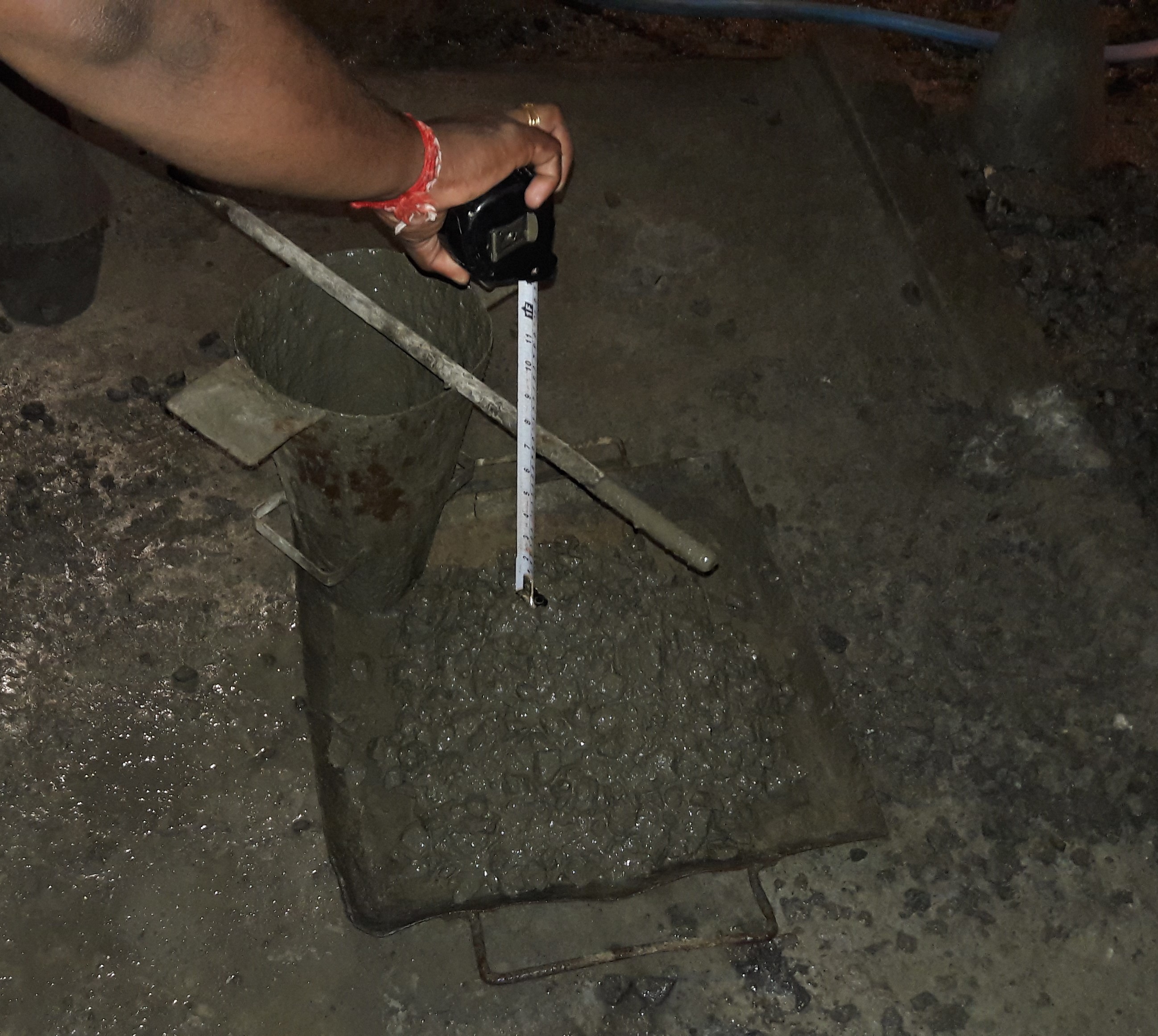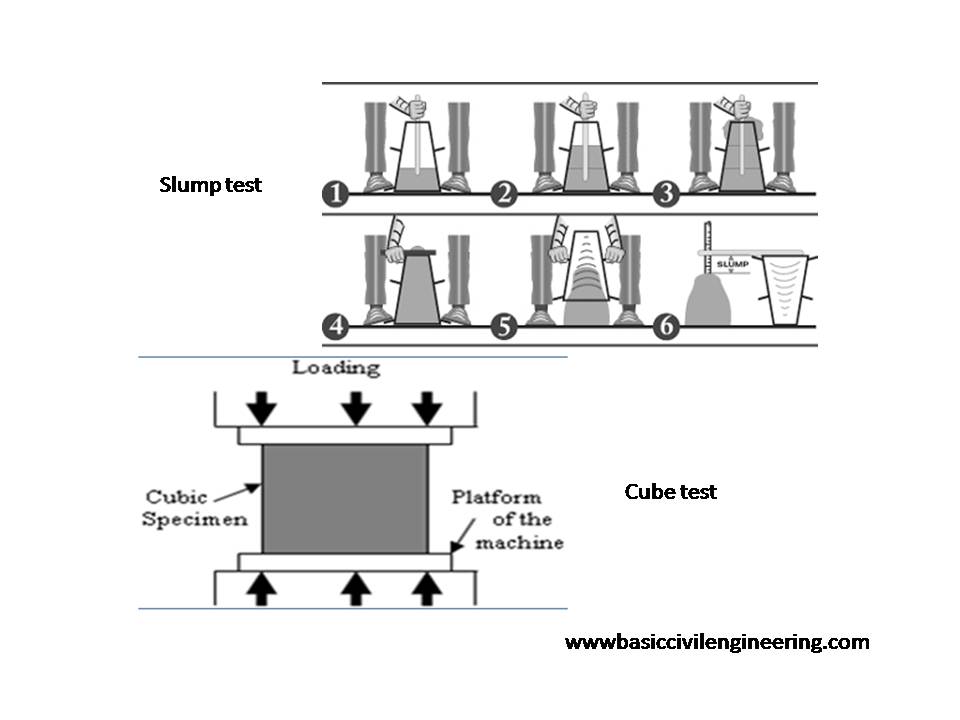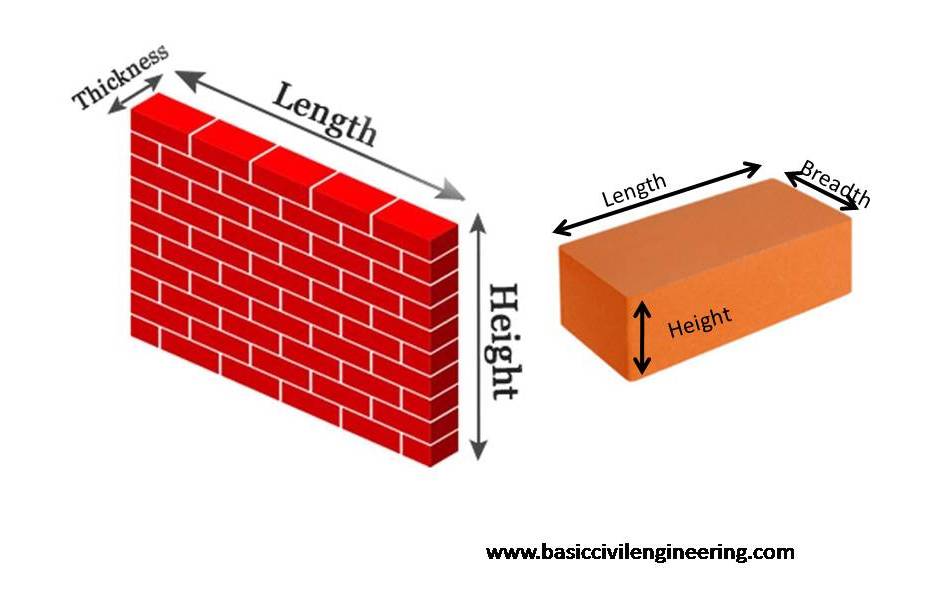The general practice, in case, the length of the stocked rebars is not enough for the full length of the elements, lapping is required to join the bar lengths’ …
The structural elements in the buildings are having the internal forces namely compression, tension, bending moments and torsion. Withstanding these internal forces with low tendency for collapse and any …
Measuring the properties of fresh concrete is an essential process that should be carried out in the site before placing the concrete. The main reason for carrying out these …
Concrete is a unique and main product in the field of construction, maintaining its quality is must for the successful completion of the respective project. Quality tests on concrete …
To get the required strength from the concrete the good workmanship practice is really having equal importance to the mix design calculations. Especially, for the water retaining structures, water …
Concrete is a widely used construction material which is a mixture of cement, aggregates, water and admixture. The concrete is the very first choice for the civil engineering industry …
Calculating the number of bricks Estimating the number of required bricks or blocks for a construction is one of the major confusing parts among many of us. We have …
Trusses are the key engineering feature in the emerging civil engineering contest. Indeed, long span structures with light weight is the main reason for the increase in the demand …
“What is the difference between one-way slab and two-way slabs?” This is a very basic question for every civil engineer at their beginning stage of civil engineering. Every engineering …
Plastering is enhancing the aesthetic value and hygiene condition in a building. Plaster finished surface also gives insulation to thermal, fire and sound. The surface finish can be obtained …








